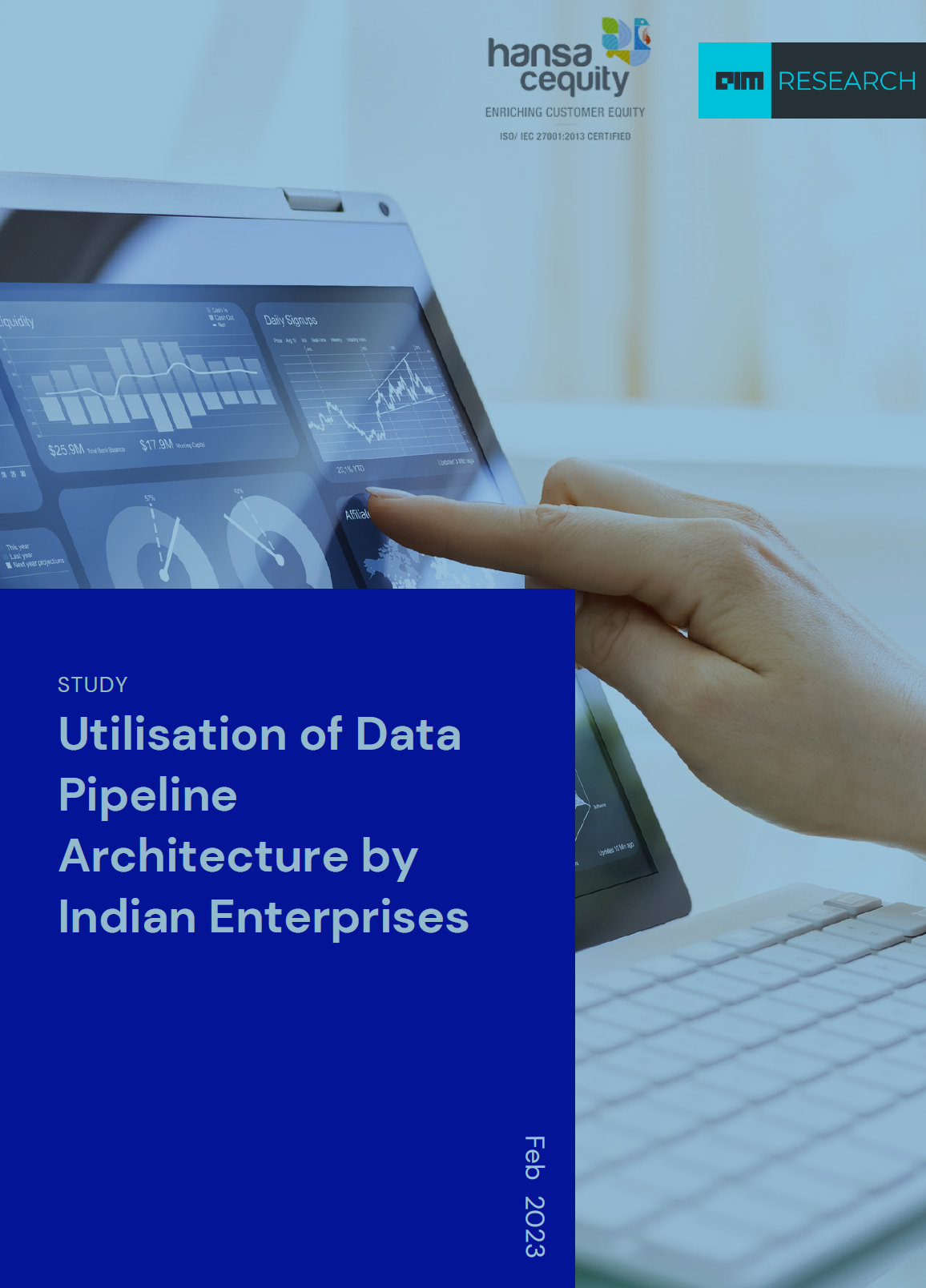Today, organisations deal with massive amounts of data. To analyse all this data, organisations need a single view of the entire data set. The problem is that data more often than not resides in multiple systems. It needs to be brought together meaningfully and purposefully so that it can be effectively put to use for in-depth analysis and to drive business outcomes. However, there is very limited understanding of how the data flows within the system and the myriad of possible challenges that it can throw up. As the role of data becomes central to business, these problems are only getting magnified in scale and possible business impact. The goal of any data pipeline architecture is to drive efficient and reliable movement of data from source systems to target systems while also ensuring that the data is accurate, consistent, and complete. A well-defined data pipeline architecture is mission critical to ensure success of any data driven project in an organisation.
The Utilisation of Data Pipeline Architecture by Indian Enterprises is probably the first such India specific study initiated and it’s no surprise that Hansa Cequity leads the way here. Hansa Cequity has been a pioneer in Customer and Marketing Analytics, we are delighted to bring this in depth and very relevant study to the Indian Analytics fraternity in close association with Analytics India Magazine.
The State of Data Engineering 2022 report by AIM predicts that the investments in Data Engineering will increase considerably, with its market size increasing from USD 9.0 billion in 2022 to USD 86.9 billion in 2027. However, there is a need for effective systems that will augment the data value chain. For this, we need to first identify where enterprises in India currently stand, and which are the areas they need to improve on.
In this research, we have analysed the utilisation of data pipelines among Indian enterprises. The in-depth research covers the following –
- Building the data pipeline architecture – In this section, the study shows how enterprises across sectors have defined and built a data pipeline architecture — the different sources they are resorting to for collecting data, the different data formats they are using, the type of data pipeline architecture they are using, and the different solutions enterprises are using to build the pipeline.
- Automation of data pipeline architecture – In this section, the study captures the
automation along the data pipeline – to what extent data pipelines have been automated across sectors, how organisations have automated their pipelines, and what are the driving factors.
- Optimally leveraging the data pipeline – In this section, the study captures how organisations are leveraging their data pipeline architectures along two stages: data ingestion and data processing stages of the data pipeline architecture. The section begins by assessing the strength of data units at both stages and how companies are leveraging the teams’ strength to derive maximum value from the pipeline.
Data pipelines are the backbone of any digital system, and they need to be modernised to keep pace with the growing complexity and size of datasets. The modernisation process must be calibrated to the organisational needs, it takes time and a lot of effort. It is a well-kept secret that efficient and modern data pipelines help make better and faster decisions and give a competitive edge. I am sure Data & Analytics practitioners will find this research very relevant and useful. Hansa Cequity stays committed to be the north star in driving intelligence-based data initiatives across the marketing ecosystem. With proprietary analytics platforms and solutions, we have been able to help clients improve their revenue or save costs across their customer and business value chain.
To download the report click here

